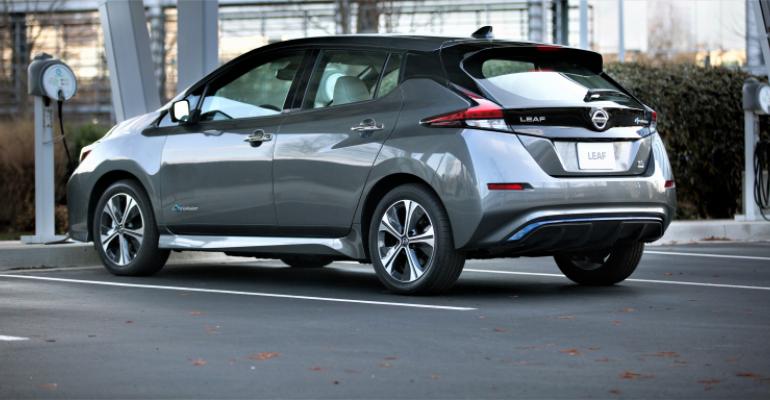Although the year is still young, 2021 may very well be “the year of EV.”
General Motors and other OEMs have made all-electric their business strategy for the future. President’s Biden’s landmark announcement to transition the federal fleet to electric is another powerful step in EVs becoming the new vehicular standard.
These are encouraging milestones but looking at sales numbers, the U.S. consumer is yet to demonstrate ardent desire for EVs.
The U.S. EV market share remains at just 2%. However, recent data from YouGov found half of Americans support the 2035 goal of ending gasoline and diesel vehicles. One in five Americans in the market for a new vehicle say they will consider an electric car.
So how do we leverage this somewhat encouraging data to get from 2% to a viable adoption rate?
Key factors that will influence EV adoption are, in some ways, basic to adoption of any consumer product: how it affects the wallet, and how easy is it to use.
A global consumer study found 21% of respondents listed affordability as the attribute most important to them when selecting a vehicle. The YouGov data showed charging time (21%) and the hassle of charging (20%) as barriers to EV adoption.
Affordability needs to be addressed. The industry needs to move from the early perception that EV cars were esoteric purchases for those with a Tesla budget. Offering EVs at all sizes and price ranges will be critical to moving to widespread adoption.
New entries such as the Ford Mustang Mach-E (starting price $44,000) have taken a bite out of Tesla sales and help prove the market is ready for variations in pricing and style.
Incentives also will be important in moving EVs from early adopters to the general public with varying income levels.

For example, 20 European Union member states offer incentives such as bonus payments or premiums to EV purchasers. Six countries grant tax reductions or exemptions.
The incentives help: European electric car sales were up 50% in January and represented 14% of the market.
The U.S. incentives picture is fractured, and sales would benefit from purchasing incentives becoming a standard element across all states. At the federal level, the $7,500 EV tax credit should be available even after an OEM sells 200,000 EVs – the current limit.
The second key factor is: how easy is it to use? If 20% of consumers ready to buy say they will consider an EV purchase, that means 80% of buyers still are reticent.
Impacting this are a number of factors that require education including the ease of charging, the mystery of “fixing” an EV versus flipping up the hood and the purchase price.
Compounding this is the need for consumer behavioral changes where it is no longer required to roll into a gas station and fuel up but instead to charge your EV at home or at your destination.
U.S. consumers are highly mobile. To remove charging as a barrier, we need to bring mobile and at-home charging options to how they live, work and travel.

Dealerships can also play a much bigger role in EV sales. Rather than the typical “buy the vehicle and see you for the mileage checkup” routine, dealerships can have an EV concierge to support new EV buyers who will have lots of questions and needs. This also reinforces customer engagement for future sales!
Moving the average U.S. consumer out of their comfort zone and into an EV will require checking all the boxes: financial incentives, attractive price points, ease of charging and a stepped-up customer support network.
We need to turn EV drivers into EV evangelists, and that will take a concerted effort. The year 2035 will be here fast!
Christoph Erni (pictured above, left) is founder and CEO of Juice Technology, a Switzerland-based producer of mobile 22-kW electrical charging stations.





